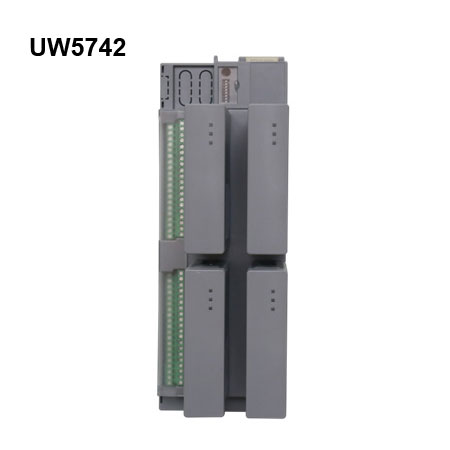Distributed control systems are like installing a highly coordinated "intelligent brain + neural network" on a huge industrial production line. Imagine a chemical plant spanning several floors, or an oil pipeline stretching for several kilometers. If people run around to open and close valves, record temperatures, and adjust pressures, it will be inefficient, and a mistake may lead to a disaster. Distributed control systems are the core of solving the problem of controlling such complex industrial "monsters".
Its most fundamental ability is to make control "happen nearby" and management "under the overall control". The huge production process is broken down into areas or units, and a "small commander" (local controller) squats next to each unit. They keep a close eye on the valves, pumps, and a string of sensors they are responsible for 24 hours a day. Is the temperature high? It immediately opens the cooling water valve slightly; pressure fluctuates? It instantly adjusts the compressor speed. This "on-site decision-making and rapid response" method avoids the delay and congestion caused by pulling all signals back to a central "brain" for processing, greatly improving the timeliness and stability of local control.
But the "little commanders" are by no means fighting alone. They are closely connected by a high-speed, reliable data network (the "nerve"), which continuously transmits their operating status and collected data to the "smart center" (operator station and engineer station) of the central control room. On the huge screen in front of the operator, the "pulse" (temperature, pressure, flow, liquid level), "joints" (valve opening), and "actions" (motor start and stop) of the entire factory are all clear at a glance. He doesn't need to go to the site to see whether the temperature of the boiler is within the safe range. He can stop a reactor with one click, or he can elegantly command dozens of equipment to coordinate a complex production process switch. Engineers can go deep into the "backstage" to remotely fine-tune the control logic, optimize the algorithm, and diagnose potential equipment hazards.

This "decentralized control, centralized management" model brings real strength. First of all, safety is the cornerstone. The system's high redundancy design (for example, important controllers or network lines have backups) and powerful real-time monitoring capabilities can minimize the risk of accidents, automatically trigger interlock protection in an emergency, and protect the safety bottom line of personnel and equipment. Efficiency is the norm. Precise and stable control makes product quality more uniform, optimized operation strategies reduce energy and raw material consumption, automation reduces manpower dependence, and the entire production process is like a precise clock, smooth and economical. Moreover, flexibility is an advantage. Want to adjust the formula? Expand production capacity? Optimize the process? Engineers can complete most of the "software" level reconstruction in the control room without large-scale changes to the hardware circuit, which greatly enhances the adaptability of production.
Distributed control systems are the "intelligent center" and "invisible guardian" of modern large-scale industries. It decomposes, implements, and re-integrates complex control tasks. On the premise of ensuring safety and reliability, it drives the stable operation of power plant generators, efficient fractionation of refineries, production of chemical plants, and even precise adjustment of air conditioning and lighting in buildings, silently supporting the huge and indispensable industrial lifelines in our modern life.
